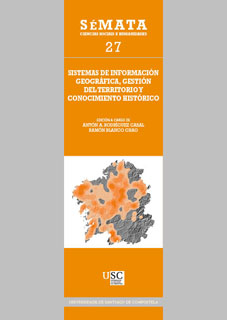No 27 (2015): SIG and historical knowledge, Articles
Submitted: 20-10-2015
Accepted: 13-11-2015
Published: 12-01-2016
The creation of artefact distribution maps is one of the most common applications of geographic information systems (GIS) in archaeology. These maps are often used as a starting point to investigate the anthropic processes or natural constraints that may lie behind the point distributions. In many cases, the analysis of these point patterns is carried out intuitively, without exploiting the full potential that computation and statistics offer to validate our observations, or even to alert us to the existence of other patterns that may not be readily observable.In this paper we present a case study that illustrates the application of multiscalar analyses, Montecarlo simulations and spatial statistics to the ditribution of the bronze weapons associated to the terracotta warriors at the First Emperor’s Mausoleum in China, built in the 3rd century BC. In a first approach, the distribution of weapons and warriors is informative of military organisation strategies in the Qin period, while it also allows us to reveal the effects of some post-depositional processes. When we combine morphometric analyses of the weapons with a spatial analysis that considers first order effects and point correlation functions, we can reveal indirect, unintentional effects of patterns of human behaviour. From these, we can infer aspects of the logistics of production, such as the organisation of the weapons’ manufacture, and of their placement in the warriors’ pit, during the construction of the mausoleum.
GIS, archaeology, China, spatial statistics, pair correlation function, Montecarlo simulation


